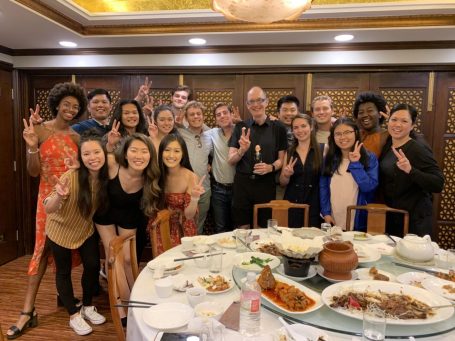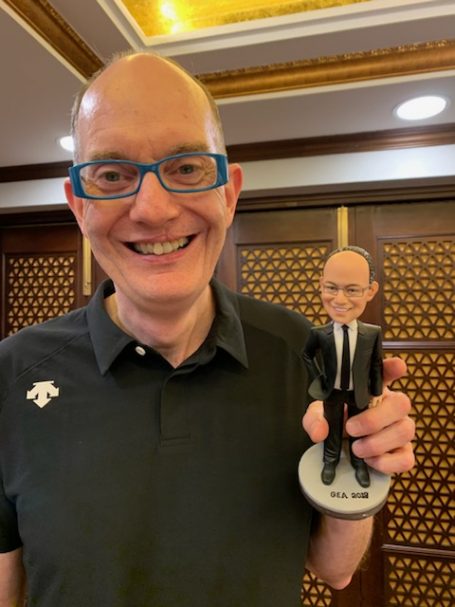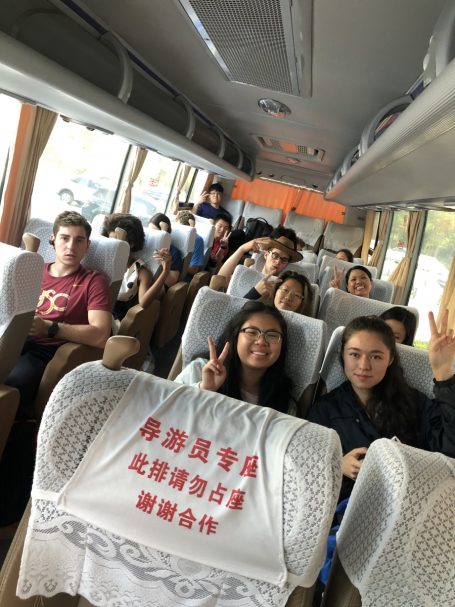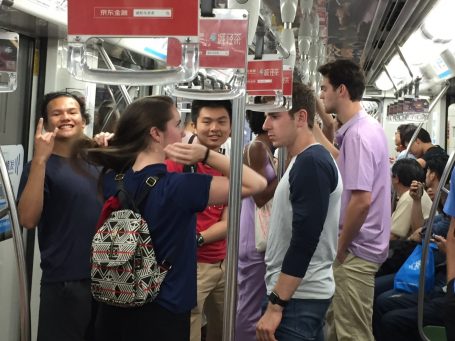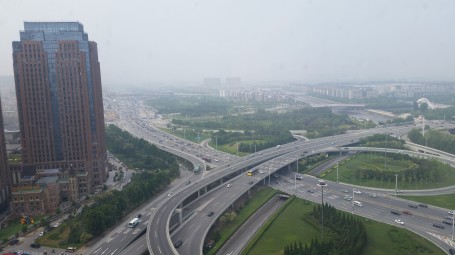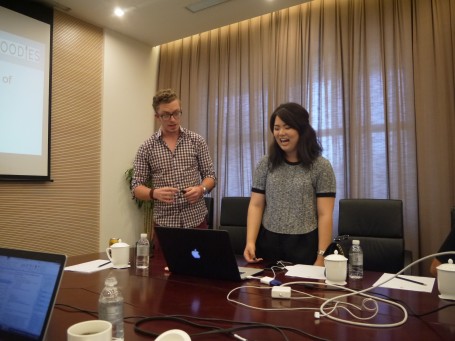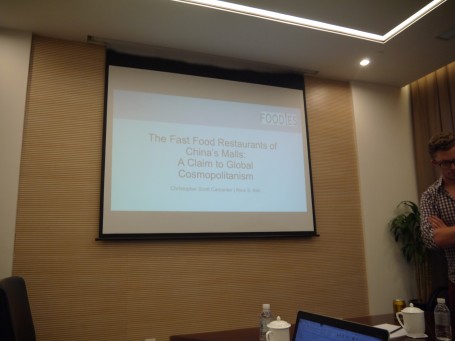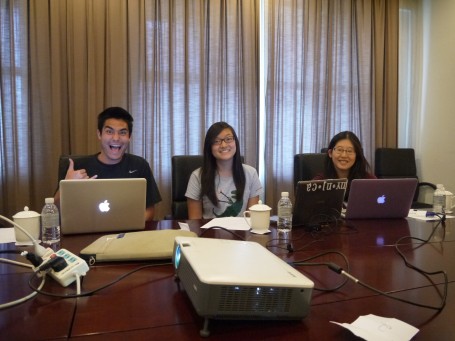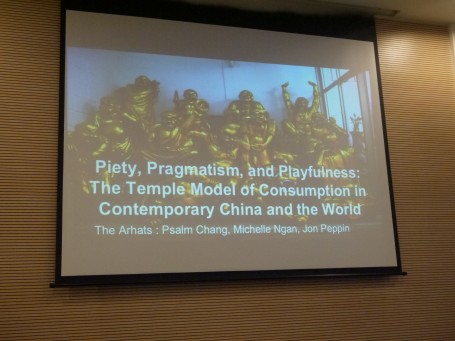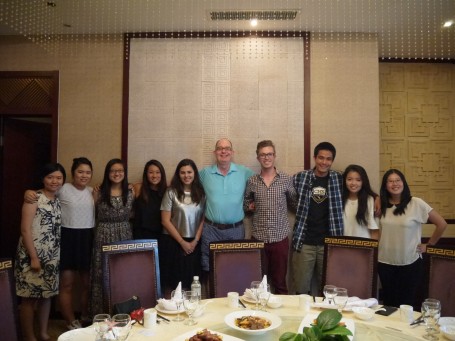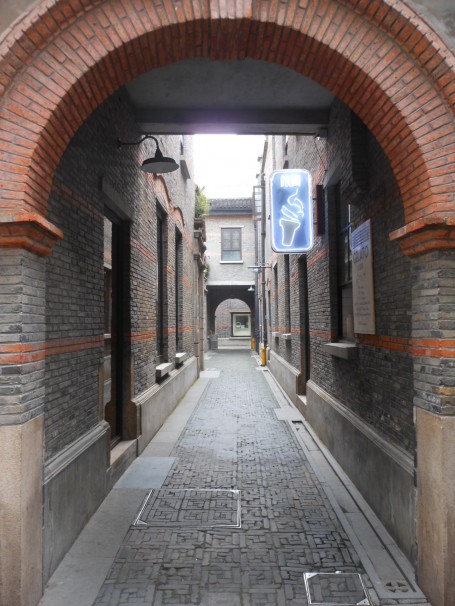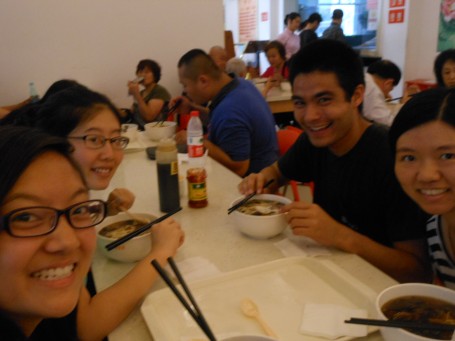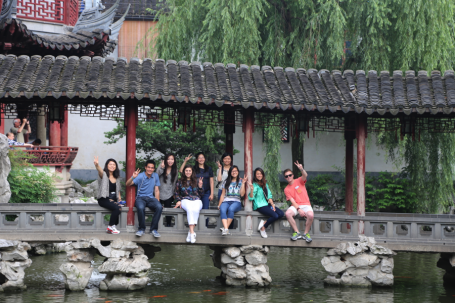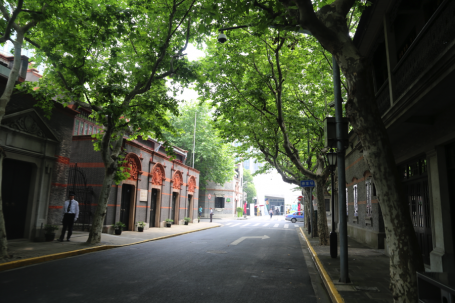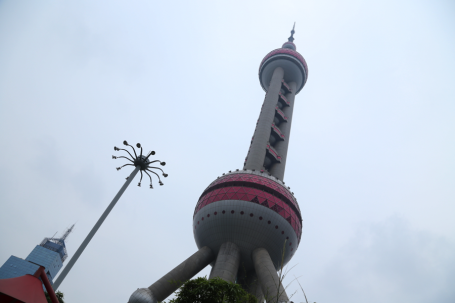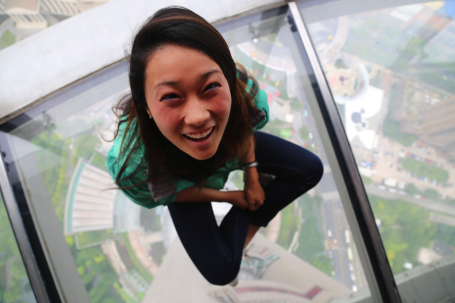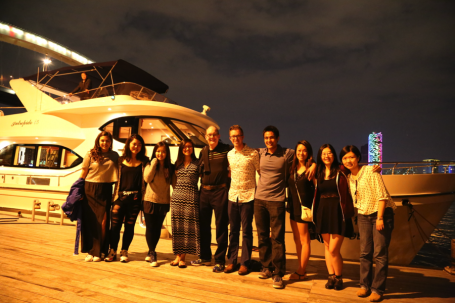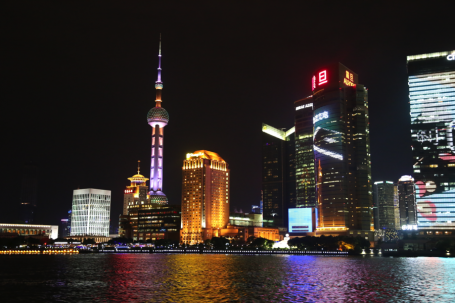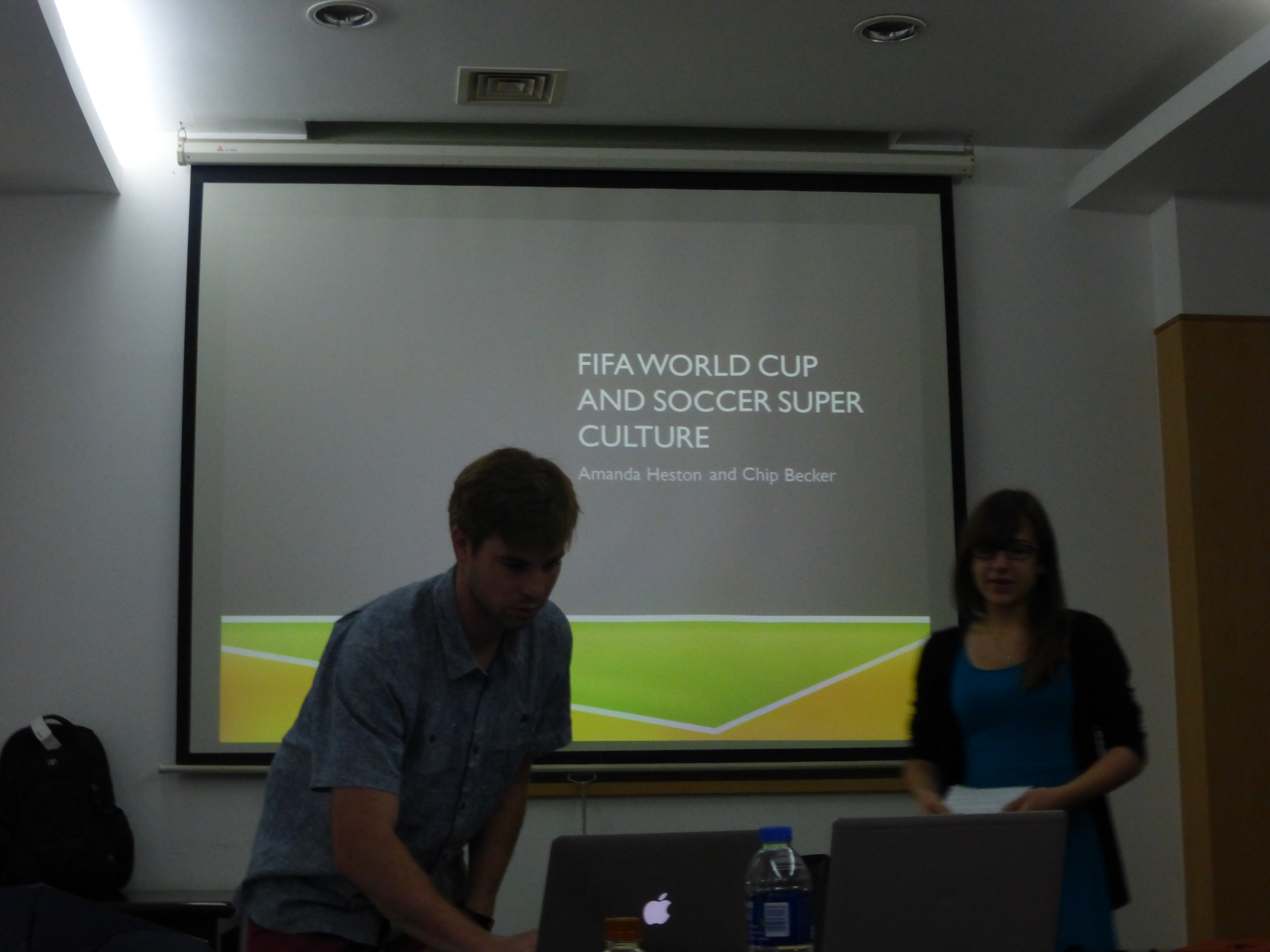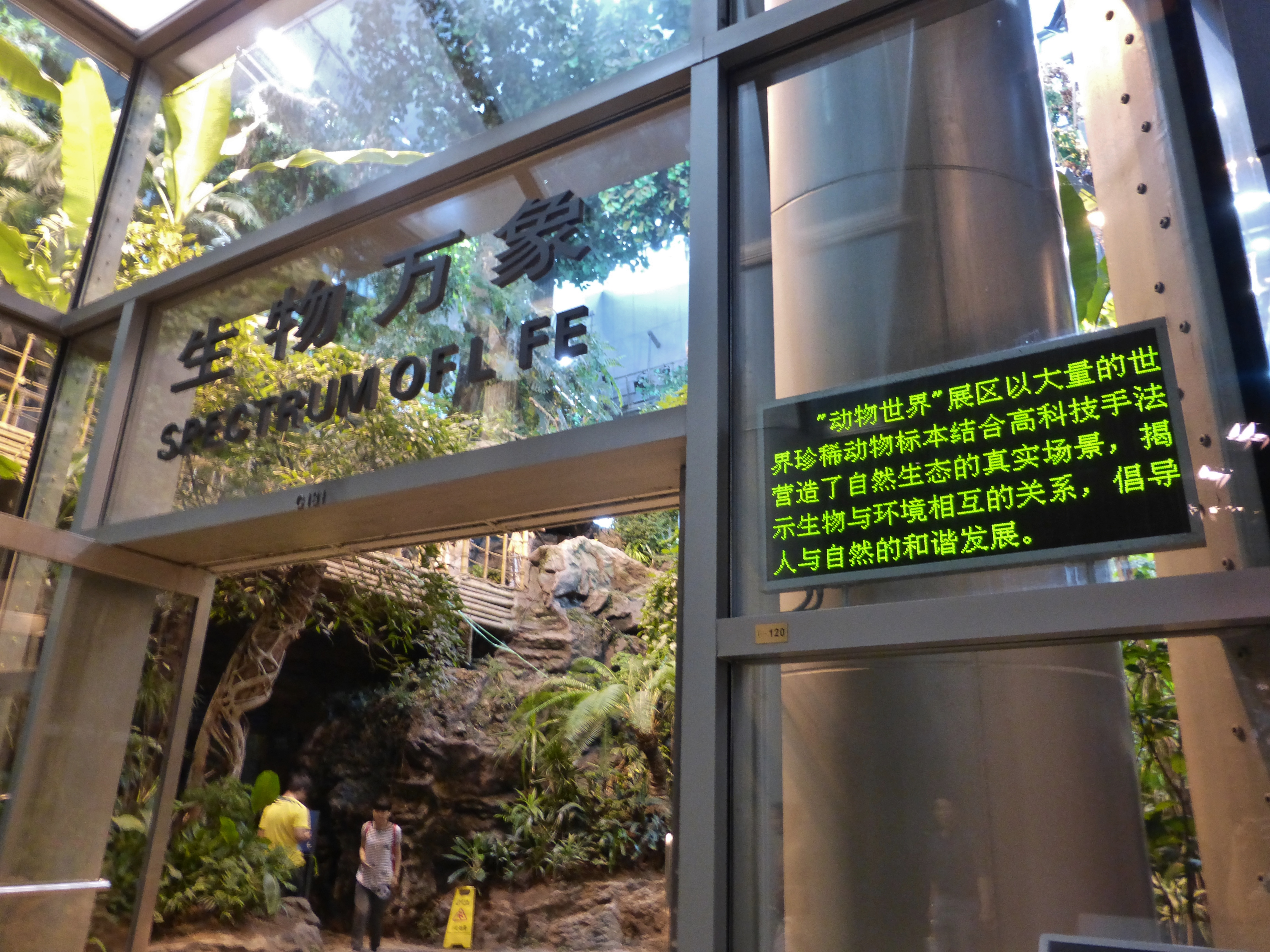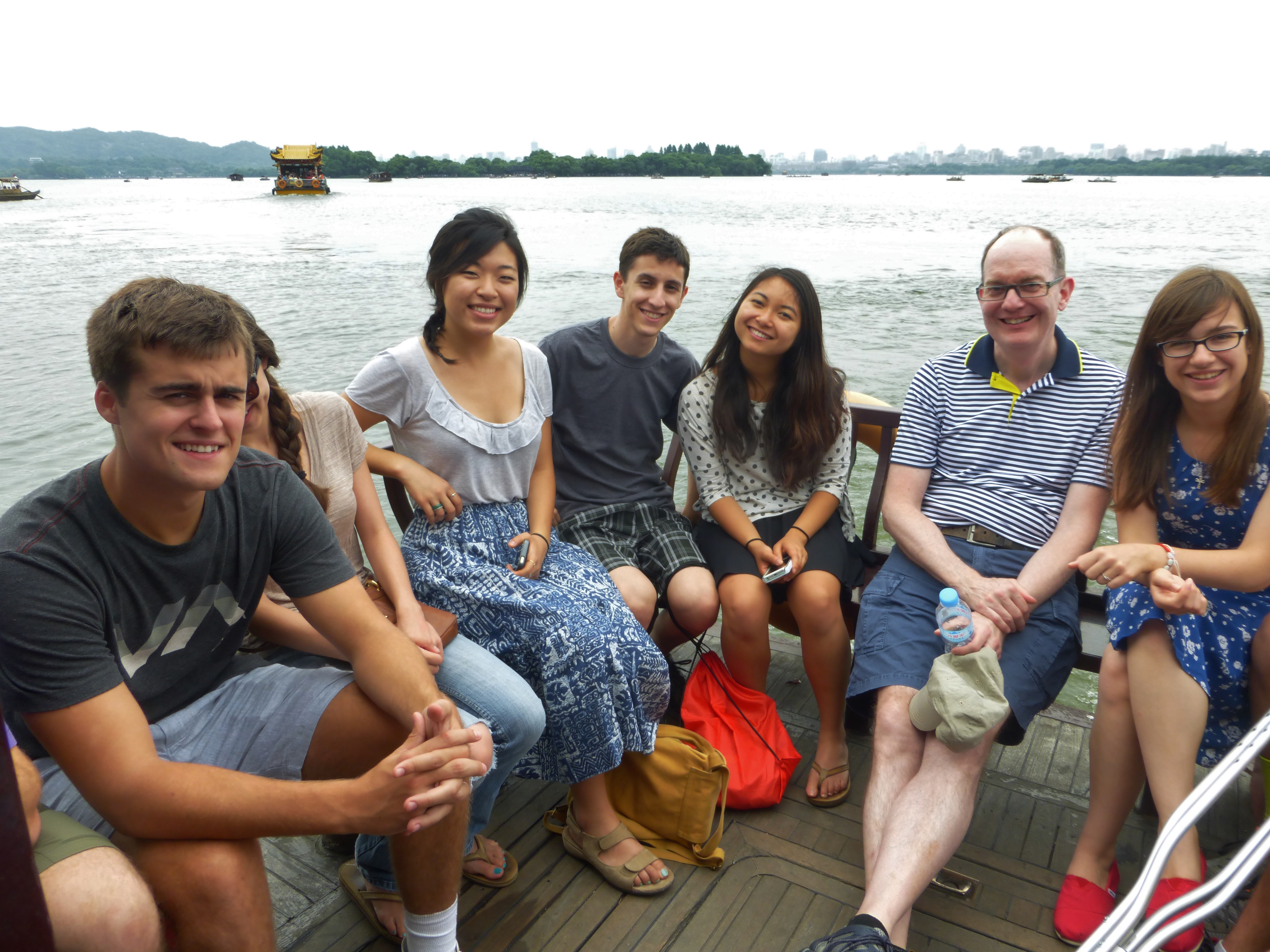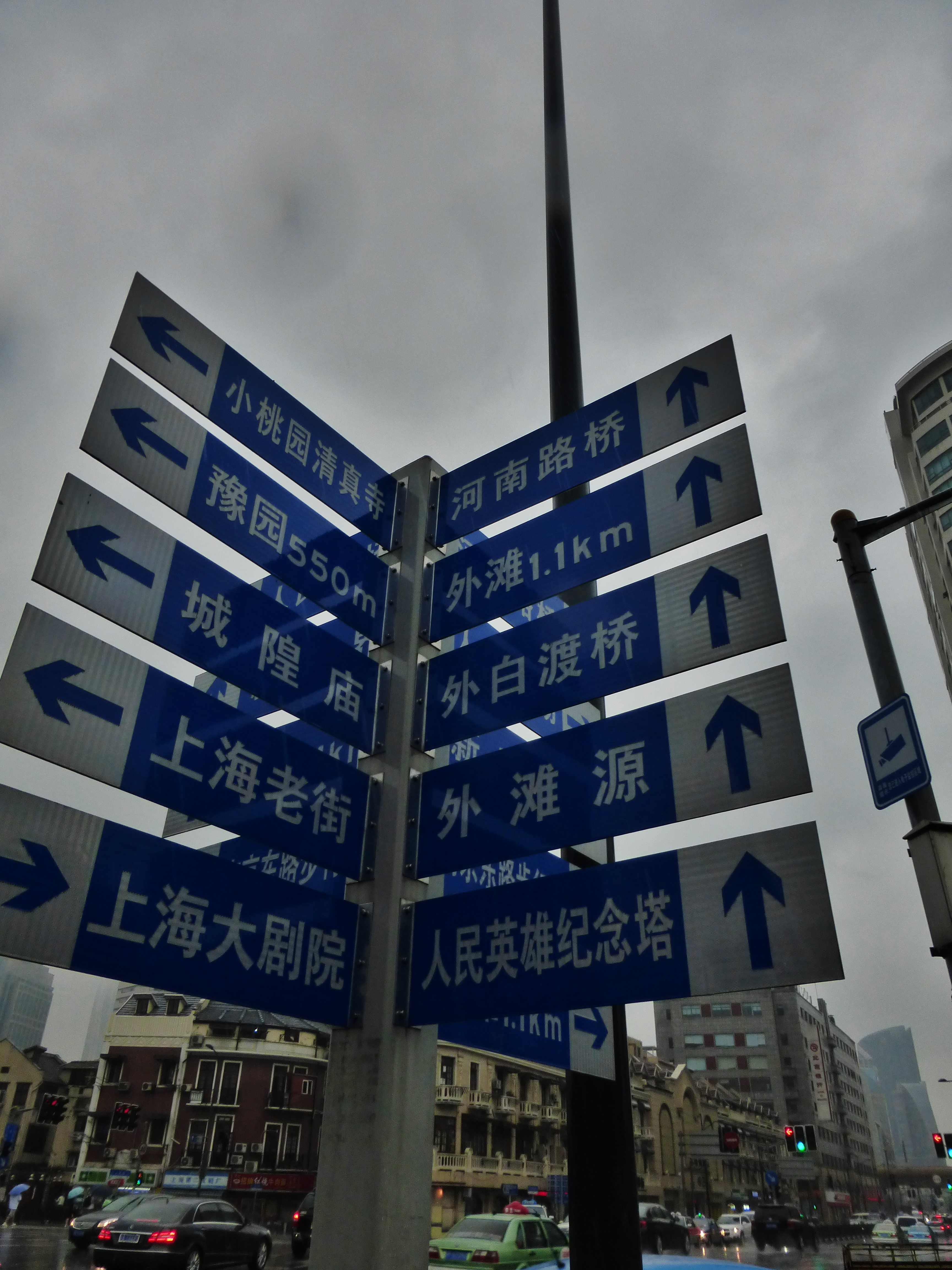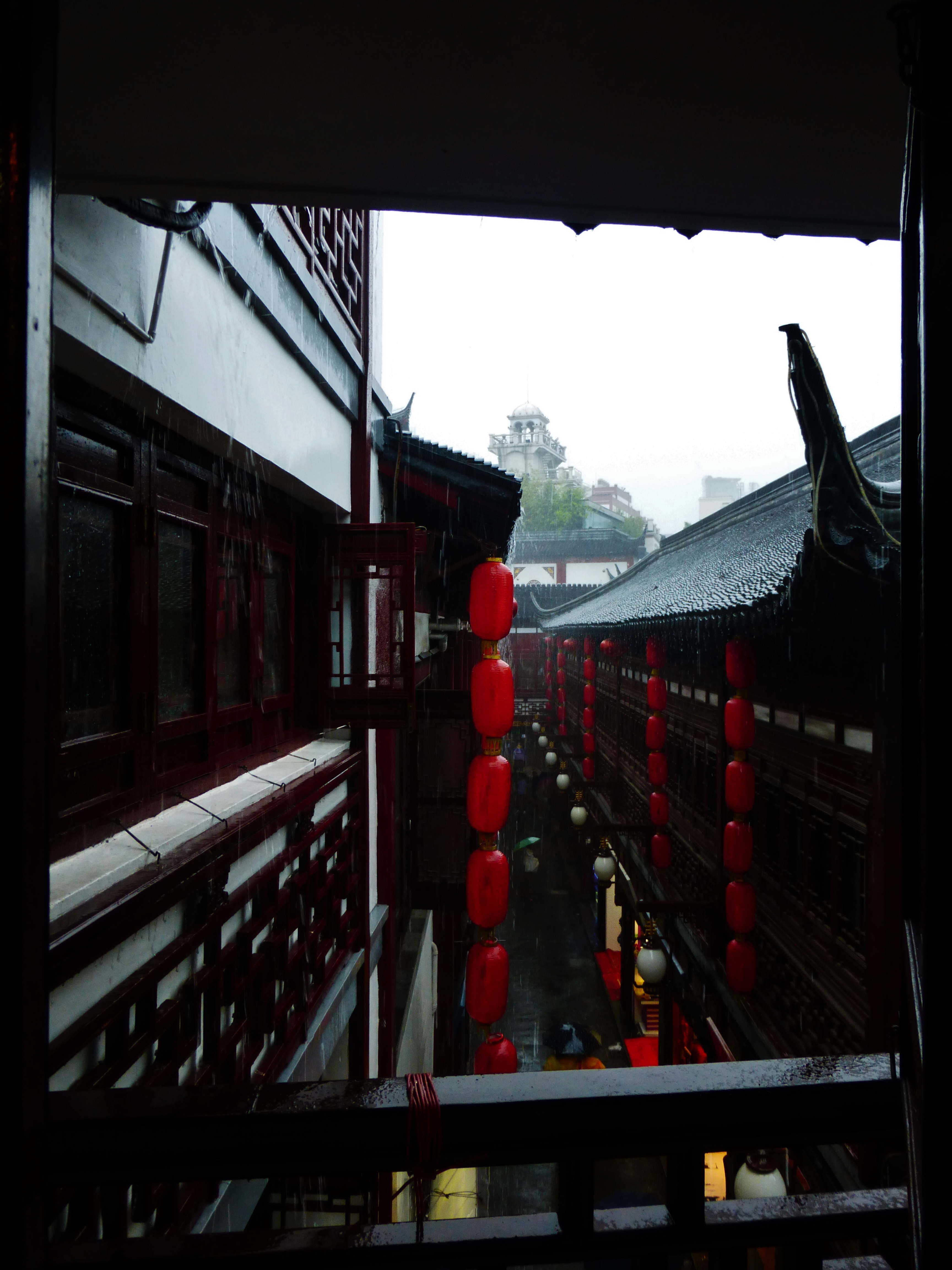Matt Slade
Hey all, Matt again. On Monday I woke up and went down to breakfast with my roommate, Connor, and some other friends. The Sheraton breakfast was huge and had so many options. After that, my group and I spent the entire morning working on our paper and doing some research at the nearby supermarket. We got a lot of good work done in Wendy’s room and I felt a lot better about the project after that. In the afternoon, we went with Professor Sheehan to Nanjing Road in Shanghai to find some more popsicles. This excursion was super fun and we saw a huge part of the city. We went to Häagen-Dazs to try some of their luxury, very expensive ice cream. We tried to go to People’s Square, but it was closed, so we decided to go to the second biggest Starbucks in the world! Professor had to go back to work with some other groups, but we stayed out, had dinner and went shopping. We got back to the hotel late and I went right to bed: I was exhausted.
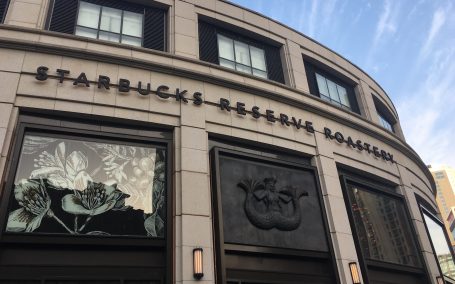
Starbucks Reserve Roastery, Nanjing Road, Shanghai
The next day was pretty similar. We spent the morning working, and then all went out to see the City God Temple and the Yu Gardens. Both of these were closed, but the area around them was super cool and we were able to get some good gifts for people back home. I had a little dinner in the hotel room and then went to bed because I wasn’t feeling great.
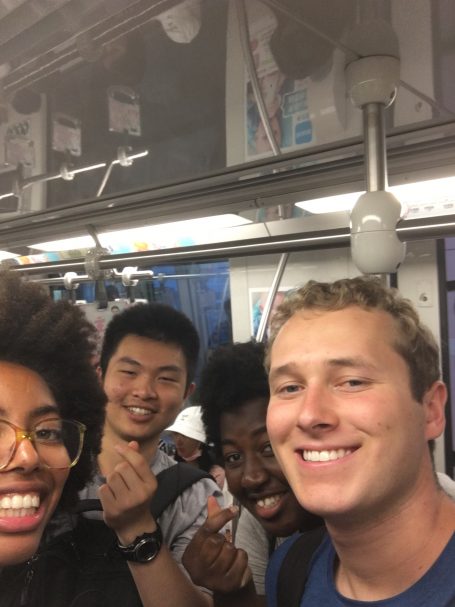
Jasmine, Eric, Sarah, and Matt on the subway
Jasmine Sears
Hi all! Jasmine here to tell you about my days. I started off my Monday with my research group, “PERIODT.” aka Team Tampon, and worked on finishing our final paper in a Starbucks near our hotel. We conducted further background research and made important progress toward finalizing our project’s thesis. Afterward, we headed out with our T.A. Jeremy to meet up with Guang, a former student of Professor Sheehan’s who lives in Shanghai. Guang brought us to a restaurant that served incredible food of the Gobi Desert. Their lamb was delicious.
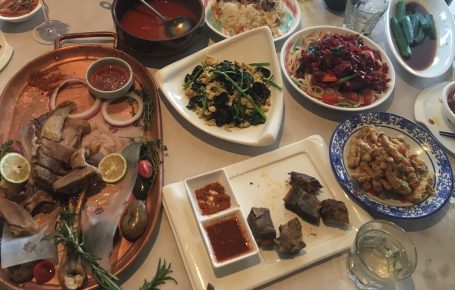
Our “Gobi Desert” lunch
With very happy bellies, Team Tampon + Jerry of Brew Crew then conducted field research in a nearby Walmart store. Next, we traveled by Metro to Jing’an Temple. The temple was beautiful, and the surrounding neighborhood had great shopping and exciting food.

Jasmine in the Jing’an Temple area, Shanghai
Finally, I ended my night by visiting a popular spot in the Bund that had a spectacular view of Pudong – Professor Sheehan calls it “Tomorrowland.” On the way home from the Bund, a taxi driver scammed my friends and me by charging us ¥250 for a ride that should have cost at most ¥80. Very unfortunate, but also a great learning experience.
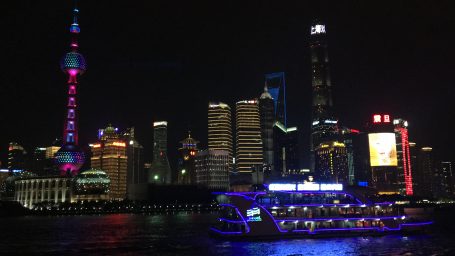
Pudong “Tomorrow Land” as seen from the bund
Early on Tuesday, everyone convened in Professor Sheehan’s room for a final round of “Rose, Thorn, Bud,” a daily ritual that Matt first introduced at the beginning of the trip. Everyone shared a Rose, their favorite experience of the trip, a Thorn, their least favorite experience, and a Bud, an experience they are looking forward to. It was so sweet to reflect back on our trip and remember all of the great things that we were able to do over our couple of weeks in China.
In the evening, I explored an area in the French Quarter called Tianzifang. It had great shopping for jewelry, tea, and souvenirs and was my favorite place in Shanghai so far. For dinner, I had some spectacular Chinese barbecue at a restaurant near Tianzifang.
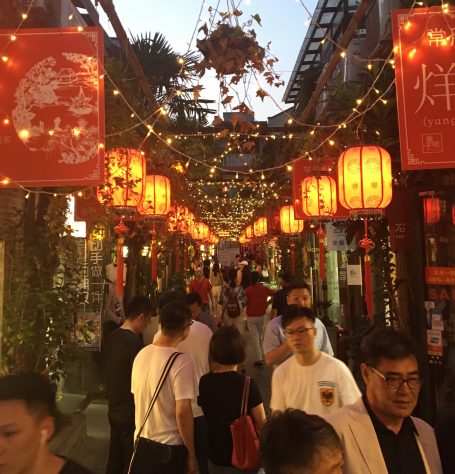
Tianzifang

